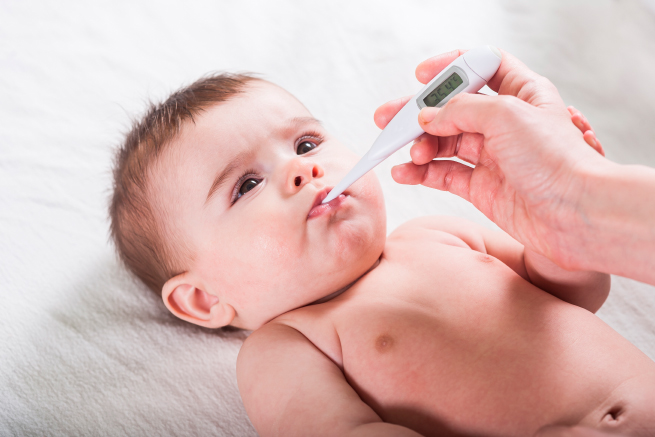What is a fever?
In general, a temperature higher than 38°C is considered a fever. If your little one is sick and has a fever, it most likely means their body is fighting an infection. This is a normal response to illnesses like tonsillitis or chickenpox , because a higher body temperature makes it harder for bacteria and viruses to survive.

Fevers are very common in children and most of the time there’s no cause to worry. A good way to spot if your little one has a fever is to see if their skin is hot to the touch - feel their forehead, back or tummy. They may also feel sweaty or clammy, or have red cheeks.
In our fever hub, we have information on:
Fevers are very common in children and most of the time there’s no cause to worry. A good way to spot if your little one has a fever is to see if their skin is hot to the touch - feel their forehead, back or tummy. They may also feel sweaty or clammy, or have red cheeks.

Corona Virus
At the moment it can be hard to know what to do if your child is unwell. It's important to trust your instincts and get medical help if you need it. If you think your child may be suffering from COVID-19 symptoms, visit the NHS website for further information.